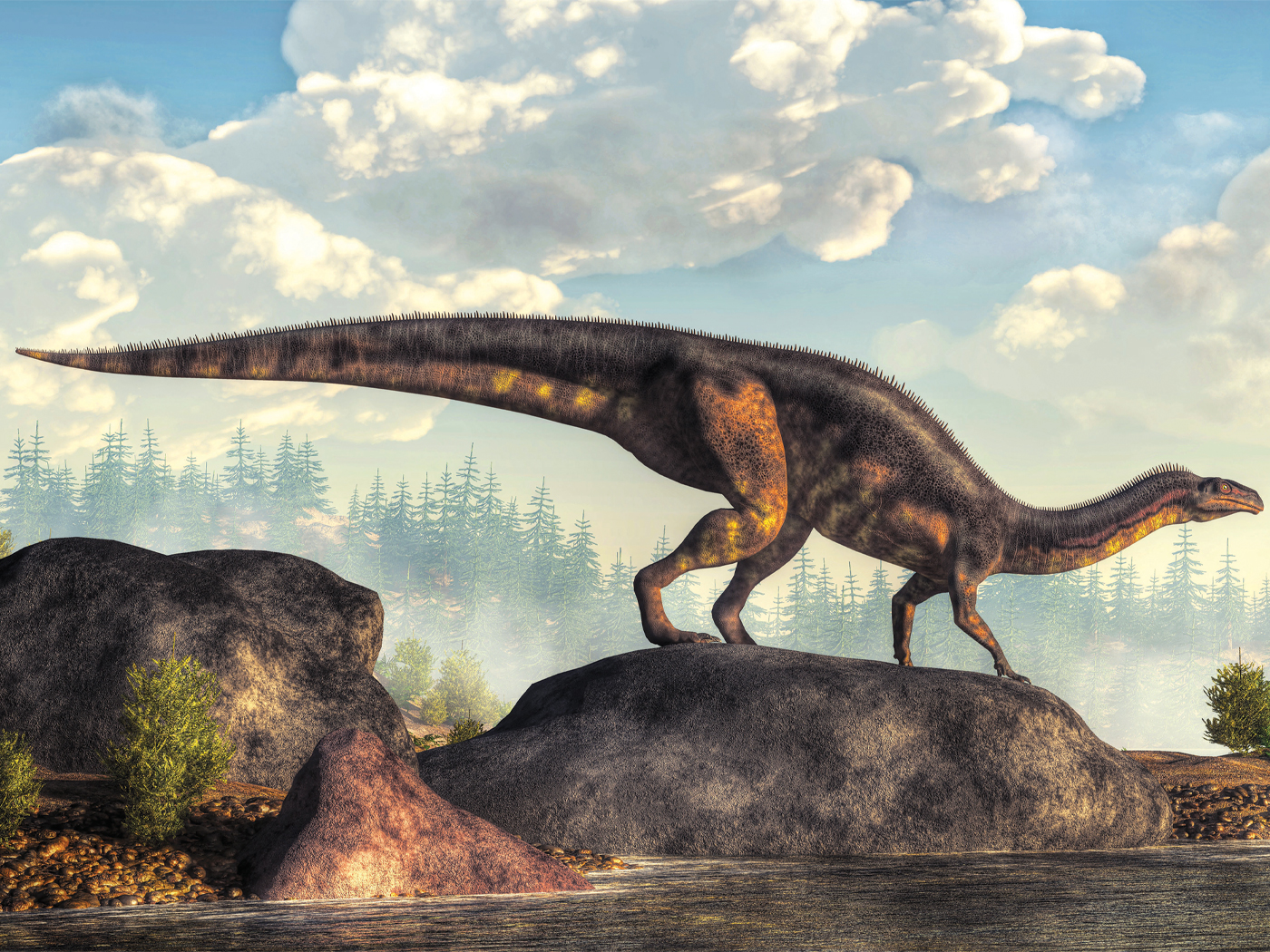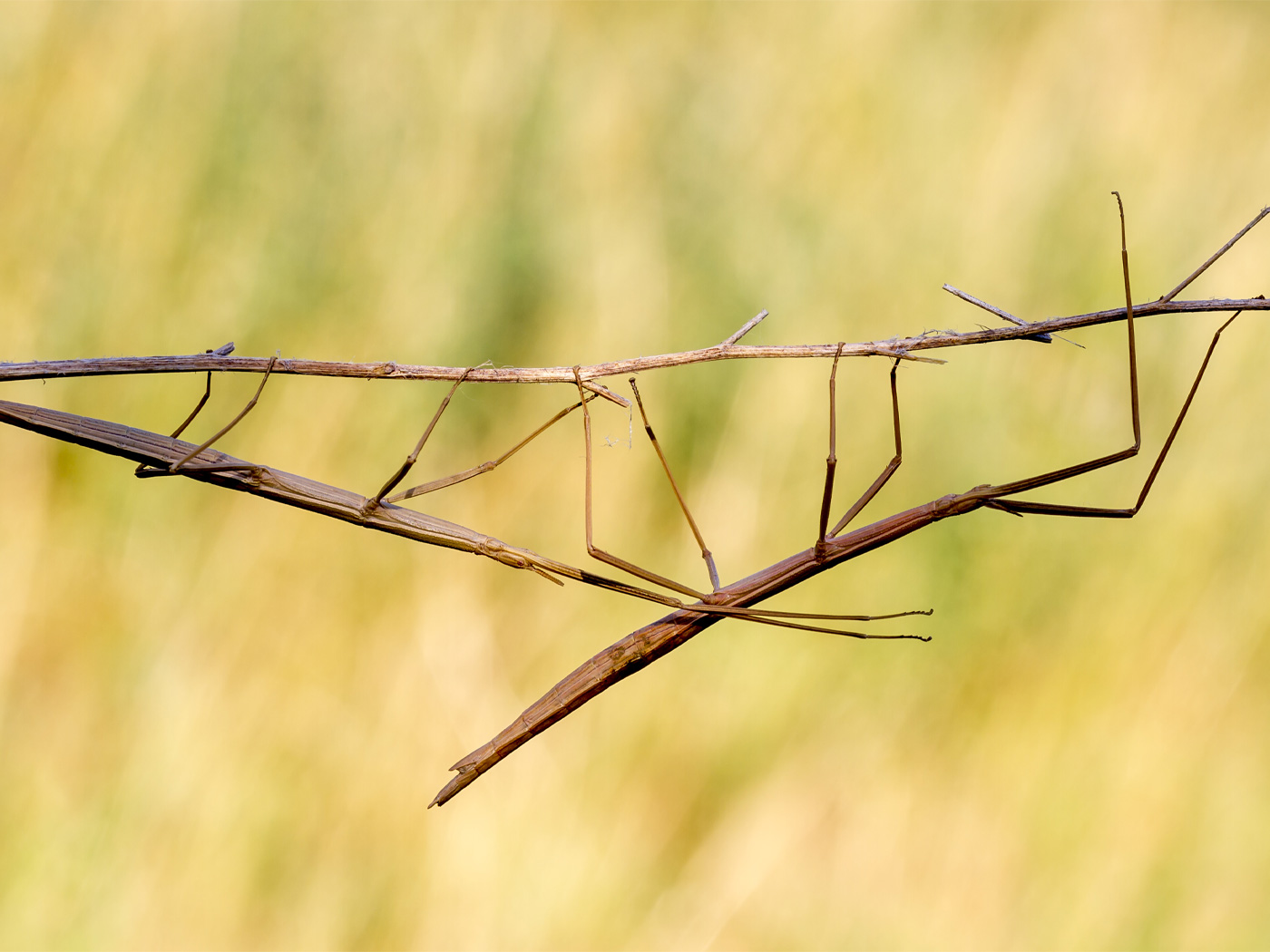The pterosaur ("teer-o-sore") was a remarkable flying reptile of the pre-Flood, and possibly post-Flood world. They must have been an incredible sight in their day. Pterosaurs came in a wide variety. The largest had a wingspan of 40 ft (12m) Quetzalcoatlus named after a winged serpent god.
How did pterosaurs acquire flight? Secular scientists are not sure. The fourth digit in the hand of Quetzalcoatlus was amazingly lengthened to act as the wing's main support. As is always the case, the fossil record is silent as to how the supposedly gradual process of fourth-digit elongation occurred. In other words, there are no fossils showing a gradual progression of a short to an incredibly elongated digit. Indeed, the first time pterosaurs are found in the fossil record they are creatures with large brains and hollow bones -- able to take to the air. Because evolutionists cannot show how pterosaurs might have evolved from bats or birds, they must fall back on "convergent evolution" that says similar structures developed more than once, in pterosaurs and in the birds, which are only distantly related. But Darwinists can only presume such structures evolved as creatures adapted to similar environments. As creation scientist Gary Parker observes, "convergence, in the sense of similar structures designed to meet similar needs, would be expected, of course, on the basis of creation according to a common design."1
Darwinists are uncertain as to why pterosaurs became extinct. One secular text states that perhaps ". . . they were in competition with the birds, which were becoming modernized in late Cretaceous times. The birds were evidently much more efficient than the pterosaurs, and it is quite likely that their perfection contributed to the end of the flying reptiles."2
But just two years later virtually the opposite was stated! Nature magazine reported that researchers used a CAT scanner more powerful than the machine used in hospitals to image the inside of two fossilized pterosaur heads, (Rhamphorhynchus and Anhanguera, taken from Germany and Brazil respectively). The three-dimensional computer images revealed that according to the size of the flocculus—a brain region designed for controlling movement—these pterosaurs could in fact outperform "modern birds and bats."3 The research shows these pterosaurs were amazingly complex. The flocculus took up over seven percent of the brain mass of the pterosaur, whereas birds use but two percent. One researcher suggested this enlargement was because the pterosaur used huge amounts of information collected by the expansive wing membrane. The wing seemed to be an "extra sensory organ."4
Creation scientists maintain the studies show that these animals were designed by God for powered flight from the start, and that they had not "adapted to life in the air."5
- Parker, G., Creation: Facts of Life, Master Books, 6, p. 42.. See also, Bethell, T. 2017. Darwin's House of Cards, Discovery Institute Press. Chapter 10.
- Colbert, E. H., et al., Colbert's Evolution of the Vertebrates, Wiley-Liss, 2001, p. 224.
-
Graham, S., "Smart" Wings, October 30, 2003. http://www.sciam.com/print_ve
rsion.cfm?article1D=00059266-3001-1FA0-B
00183414B7F0000 - Ibid.
- Ibid.













